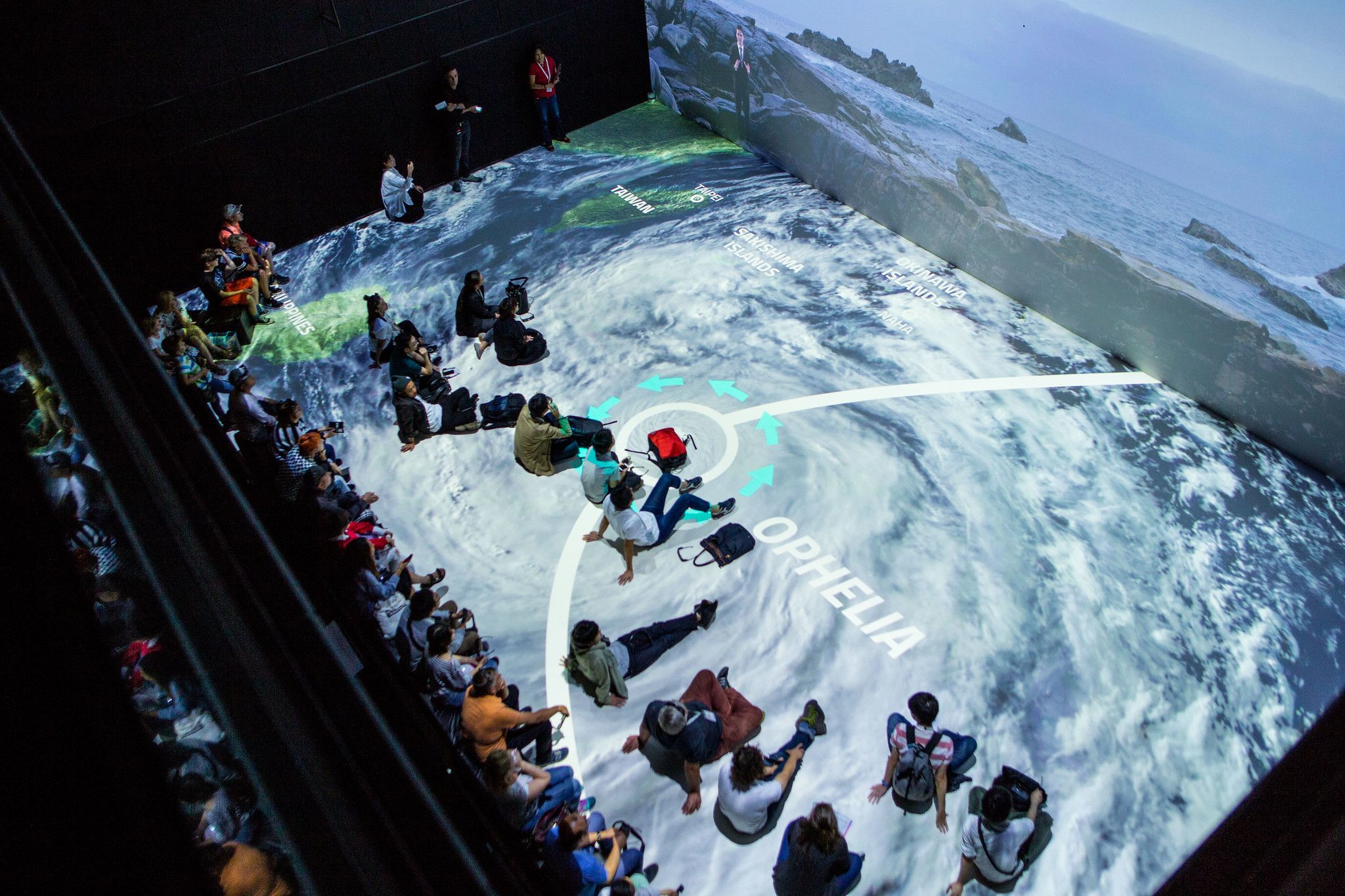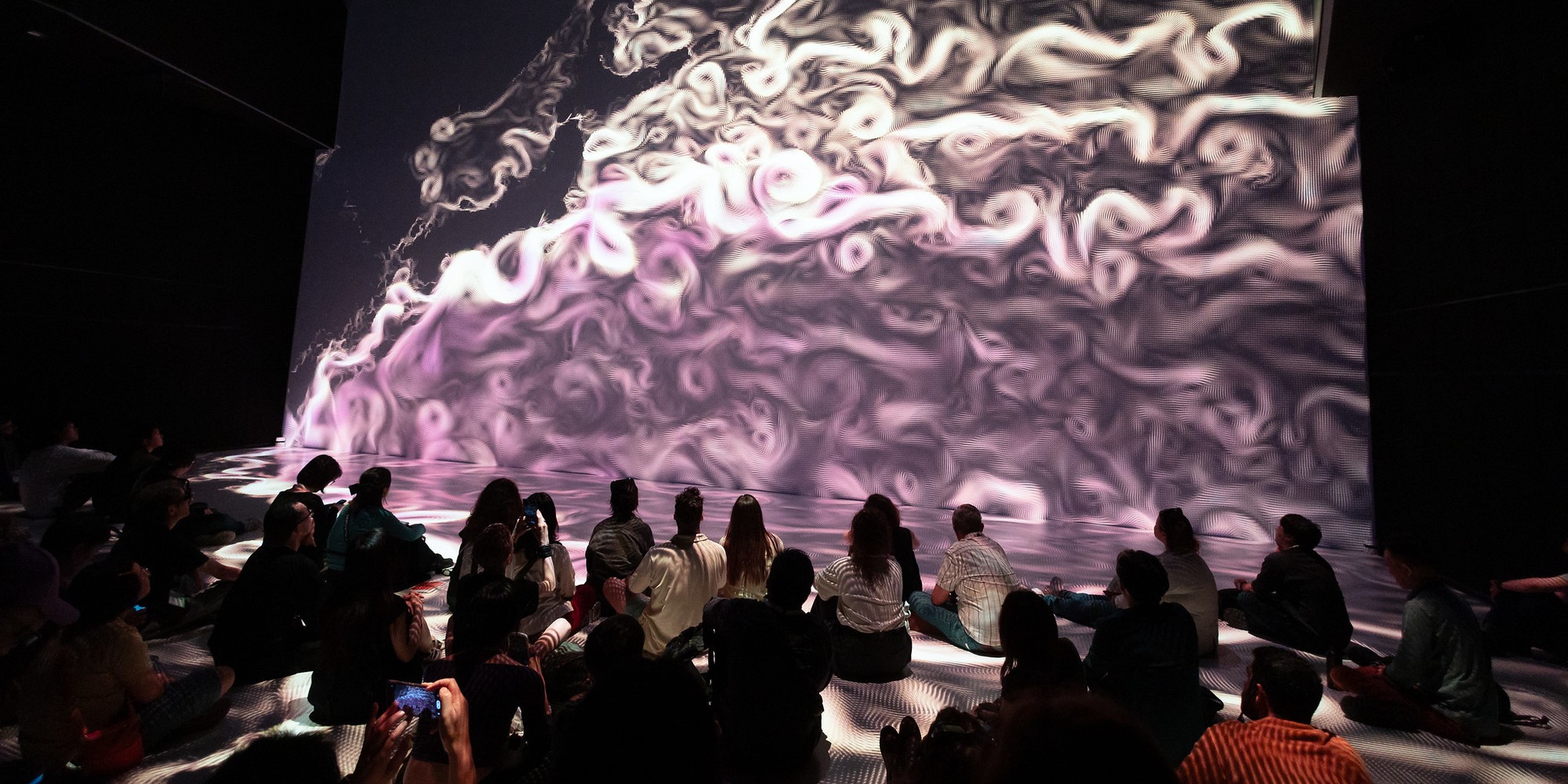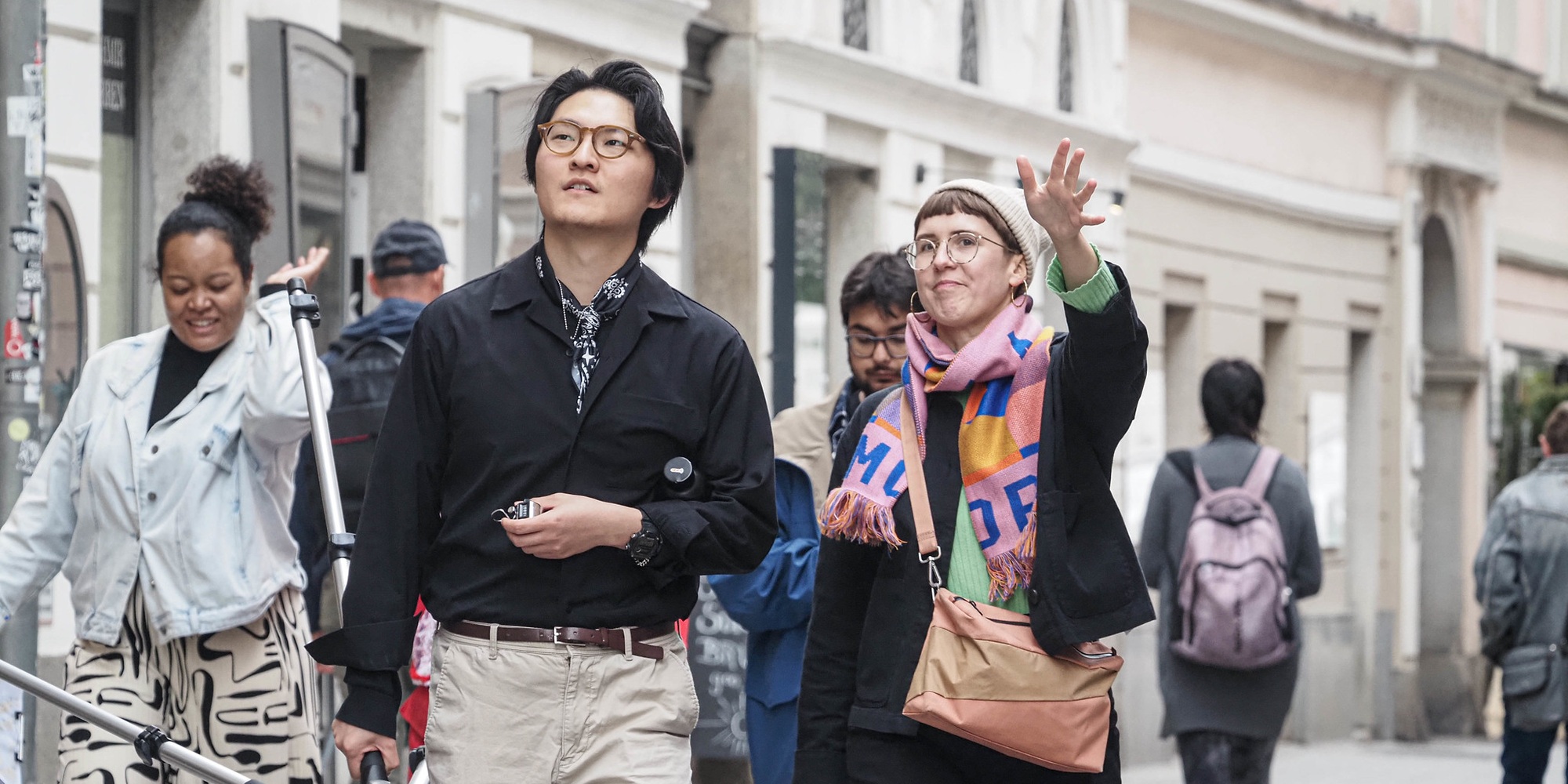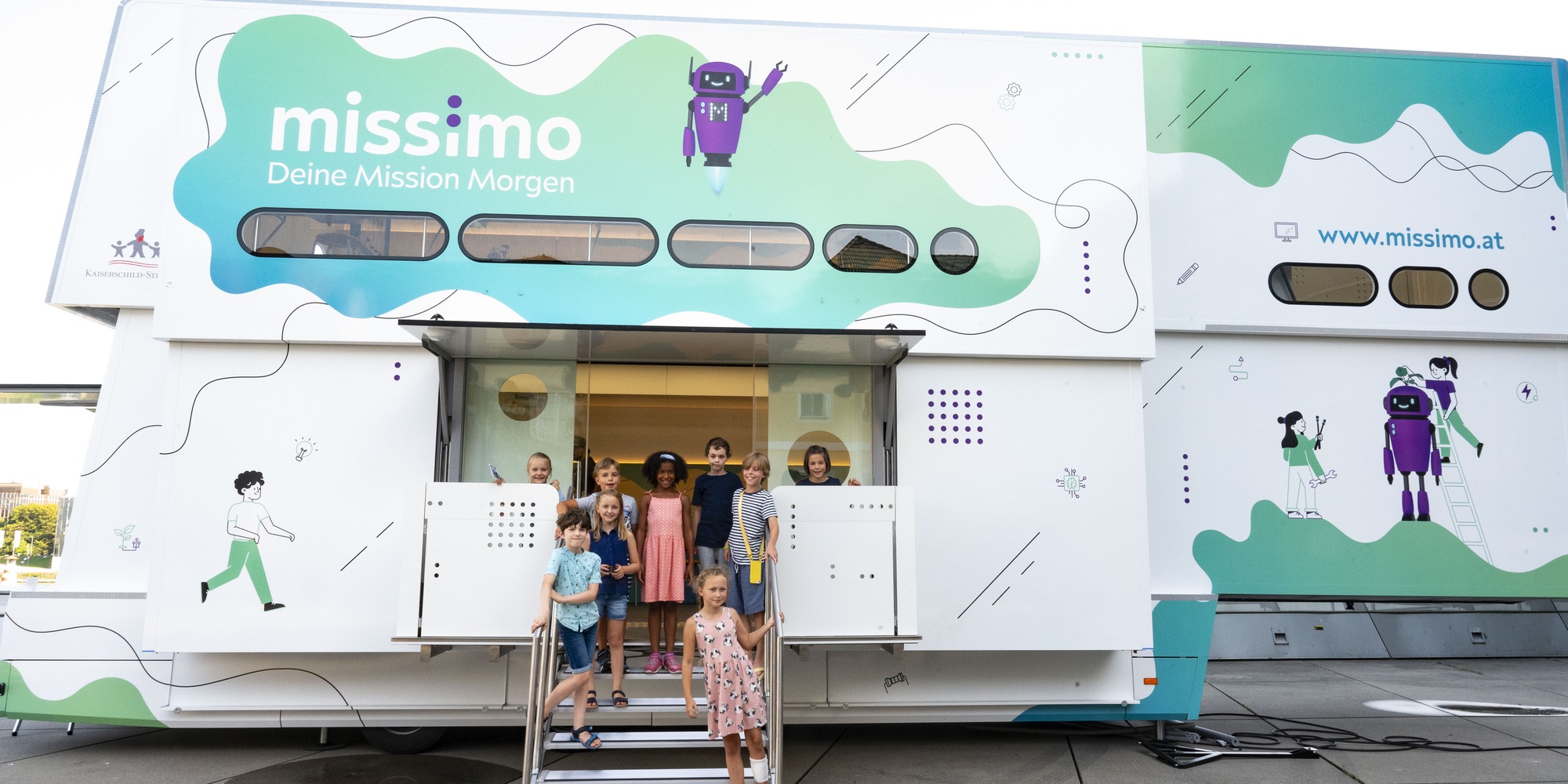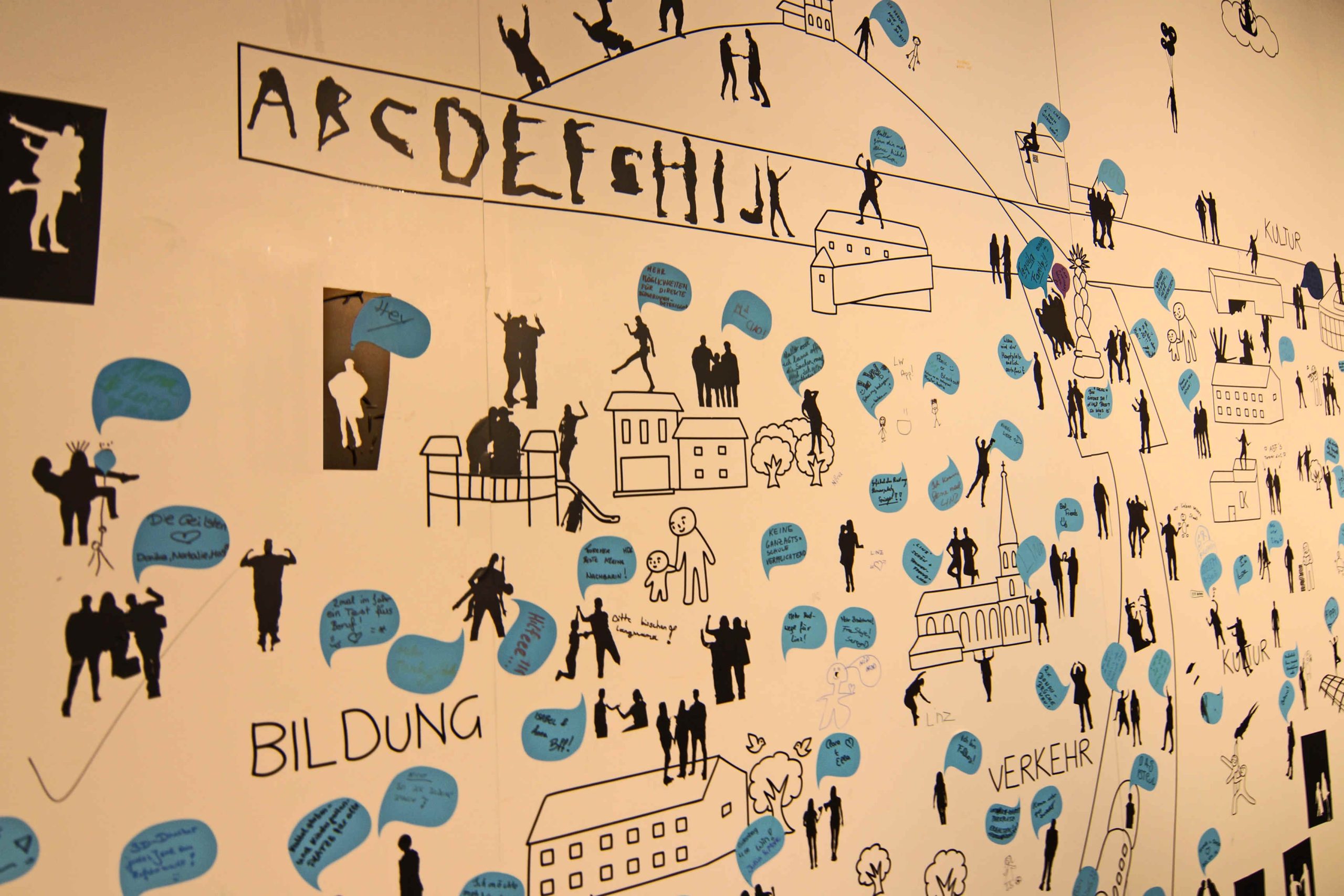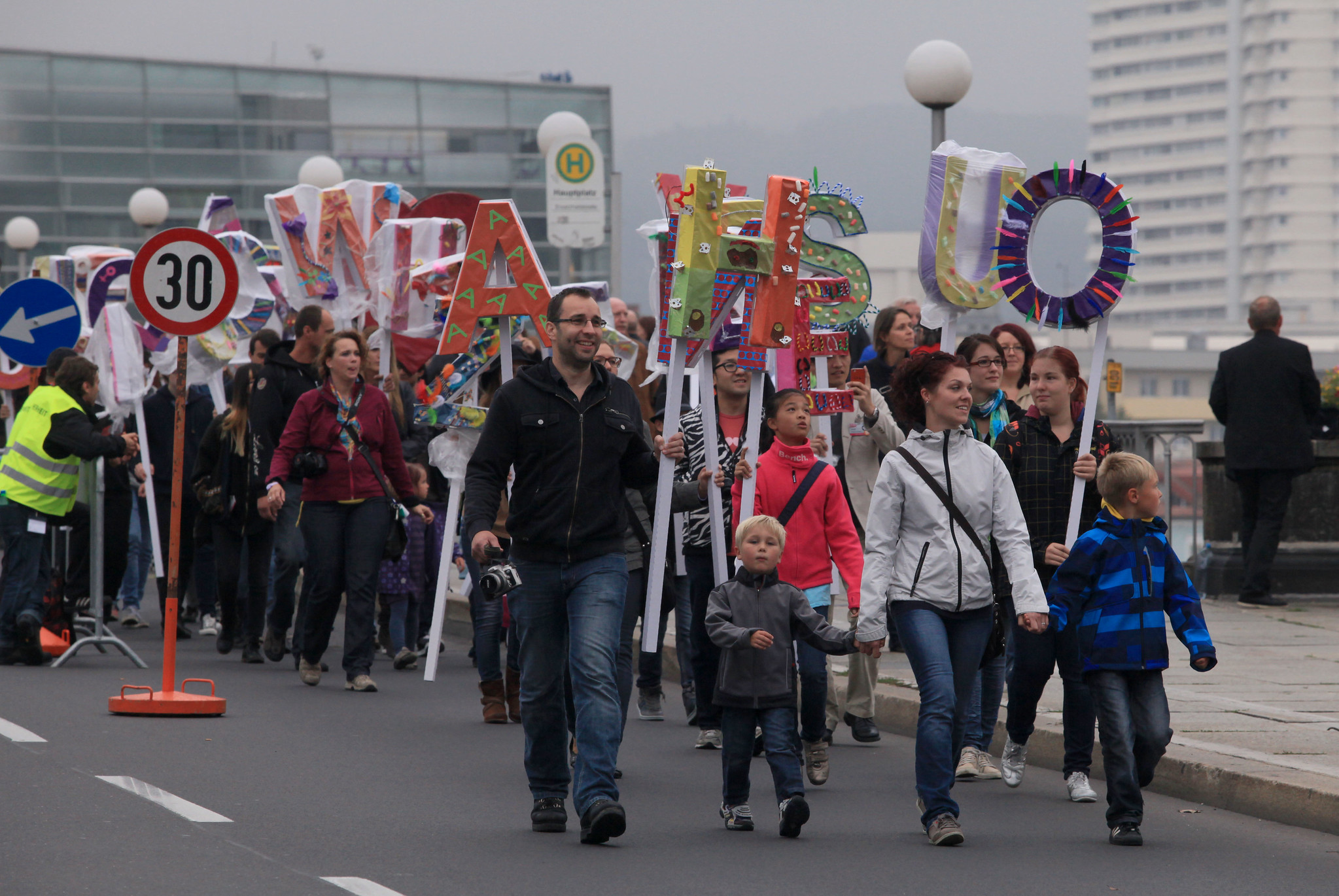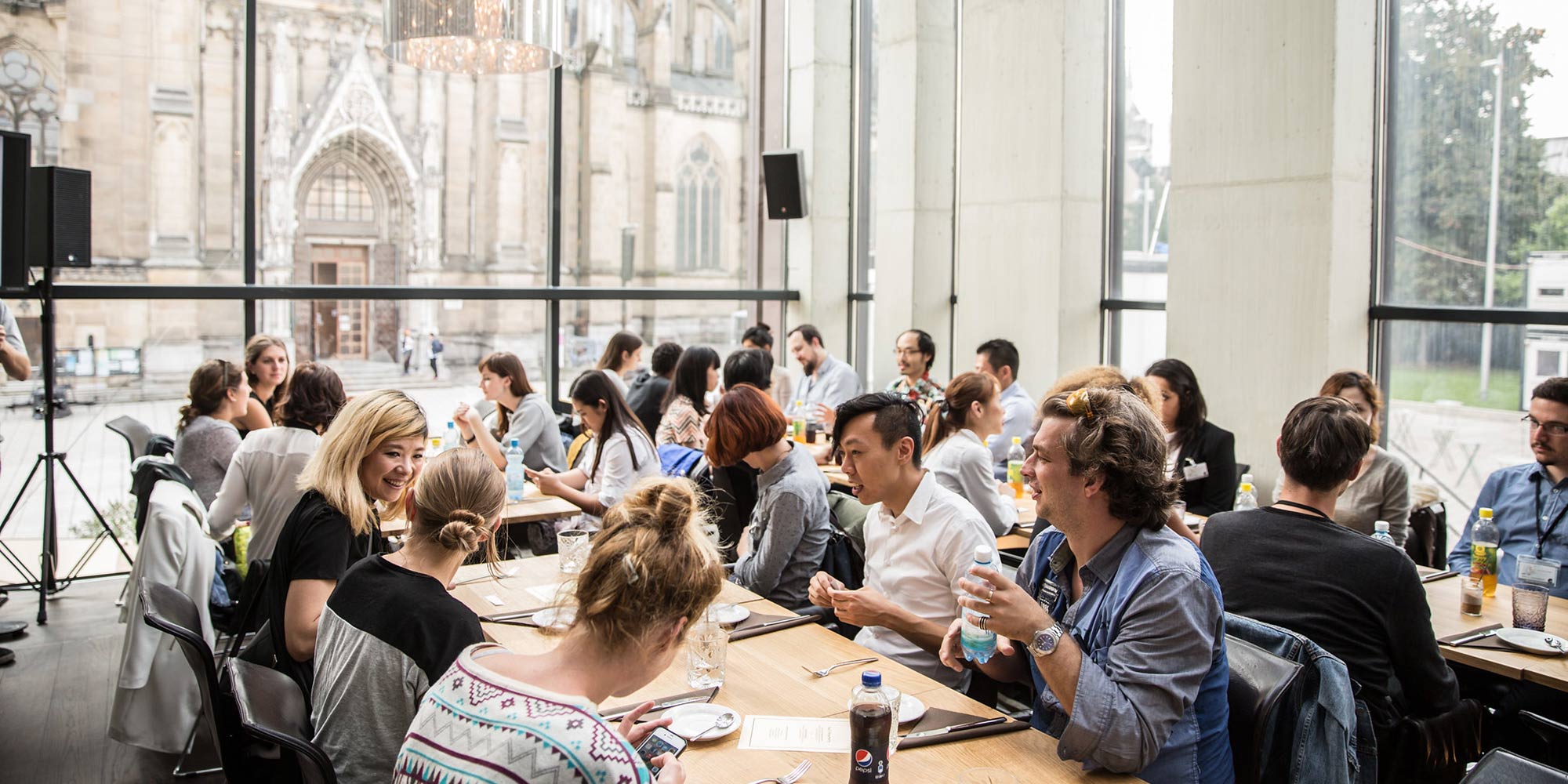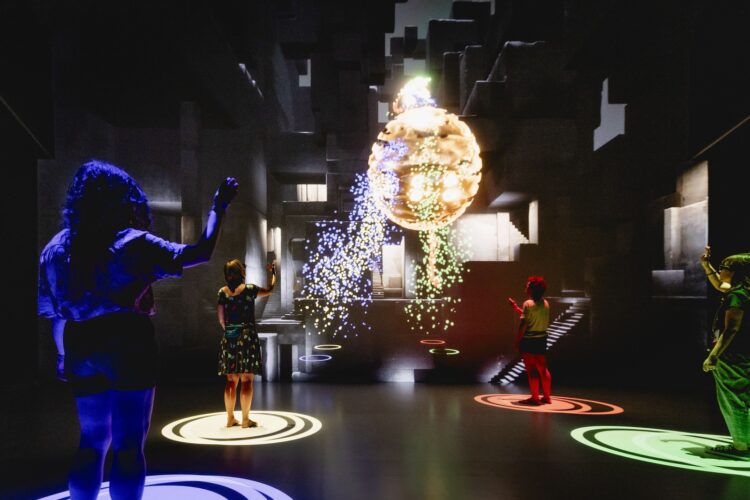Our world is moving through and towards immense challenges. In an uncertain future, how do we maintain our creativity and optimism?
The compass guiding our navigation of the future is constantly in motion. Which path should we take? The needle swings dramatically based on the topic at hand, be it inclusivity, ethics, governance, identity, diversity, or survival. Learning to find the courage of optimism and the motivation to adapt, in the face of the crisis, is an agenda of UNESCO, called Futures Literacy. Developed since 2012, it is described as the ability to understand the role of the future in our daily lives and how our expectations influence our actions and decisions. It also involves questioning assumptions behind predictions, creating alternative futures, and using these insights to innovate and adapt in the present. It’s not about predicting the future; it’s about using anticipation to shape and navigate what lies ahead.
Society needs to be future literate, but how can it grow beyond literacy, towards Futures Fluency?
We understand Futures Fluency as a part of the greater Futures Literacy concept. It involves skilfully and easily applying anticipatory thinking to create and discuss tangible future scenarios. Futures Fluency goes beyond basic understanding of the future and its role for our present to emphasizing practical, creative application, especially when dealing with societal challenges and transformations.
The relationship between futures literacy and futures fluency can be understood through an educational model that encourages learners to progress from basic understanding (literacy) to proficient application (fluency), and finally to mastery (virtuosity). Unlike virtuosity, which is achieved by only a few talented agents, fluency is within reach for a broad audience. We strive for fluency to involve the public widely and avoid displaying elitism or exclusivity.
Futures Literacy: Recognizing the uncertainty of the future and the ability to imagine different futures. It involves critical thinking, dealing with uncertainty, and cultivating optimism for change.
Futures Fluency: The ability to effortlessly and effectively apply anticipatory thinking and methods to navigate, influence, and create tangible future scenarios. It involves a deeper integration of creativity and art thinking when dealing with societal challenges, developing research strategies or decision-making processes, and enabling individuals and organizations to respond dynamically to emerging topics and uncertainties. Futures fluency is the skill level we aim for, as it is attainable by many people.
Futures Virtuosity: Mastering these skills at an extraordinary level to express and influence desirable futures, challenge assumptions and transform systems. While virtuosity is impressive, it is not the primary goal for most; rather, it represents an exceptional level of expertise.
Futures Fluency can help people and organizations to think ahead and innovate. It adds proficiency, adaptability, and practical application in real situations, and the feeling of ease and flexibility to the concept of literacy. Futures fluency lets people and organizations see, move, create and discuss their future landscapes.
Key Research Topics:
Our research is concentrated around the development and deployment of Future Thinking processes such as Art Thinking and Future Narratives. These are methods for the development of philosophical value systems that lead to Future Prototypes in collaborations with partners from various sectors. Another part of this research domain is to develop prototypes for interdisciplinary collaboration with the corporate, cultural, and educational sectors, such as the FOUNDING LAB and the Futures Innovators Summit.
